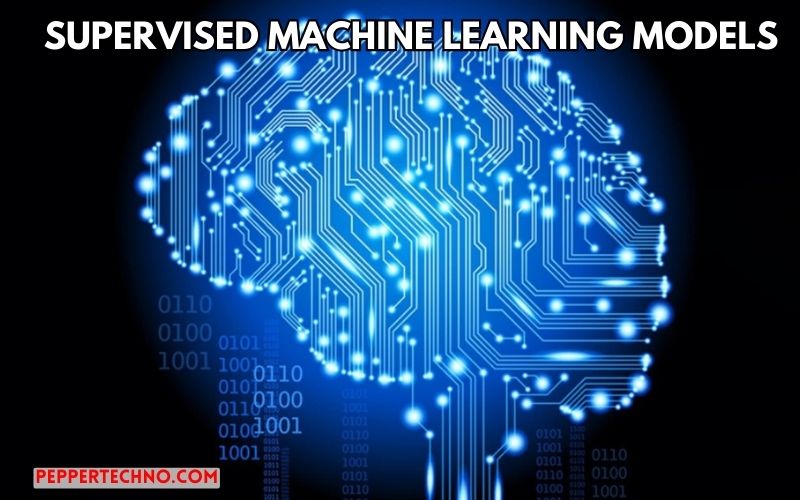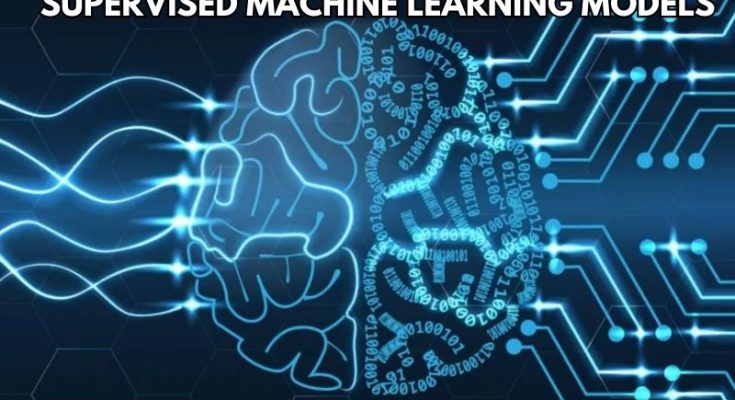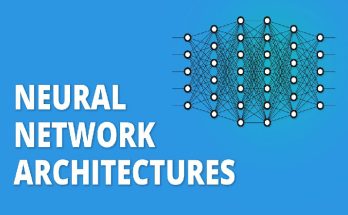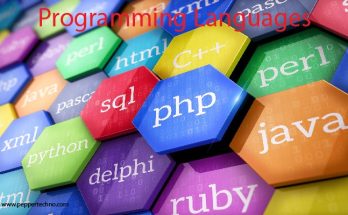Empowering Insights: Unraveling the Potential of Supervised Machine Learning Models
Welcome to the world of Supervised Machine Learning – where algorithms have the power to learn from labeled data and make predictions with precision. Imagine machines being trained to recognize patterns, interpret trends, and optimize decision-making processes. In this blog post, we delve into the realm of supervised machine learning models, unraveling their potential, applications, and challenges. Get ready to embark on a journey through the fascinating landscape of artificial intelligence!

Understanding the Basics: Training and Testing Data
When delving into the realm of supervised machine learning models, understanding the basics of training and testing data is crucial.
Training data forms the foundation upon which these models learn patterns and relationships. It’s like providing a roadmap for the model to navigate through various scenarios and outcomes.
On the other hand, testing data serves as a litmus test for evaluating how well the model has learned from the training phase. It’s akin to putting your knowledge to practice in real-world situations to see how effectively you can apply it.
By splitting data into these two sets, we ensure that our model doesn’t just memorize information but truly grasps underlying principles. This separation helps us gauge its performance accurately on new, unseen data points.
In essence, mastering this fundamental aspect sets a solid groundwork for harnessing the full potential of supervised machine learning models.
Types of Supervised Machine Learning Models
When delving into the realm of supervised machine learning models, it’s essential to understand the diverse types that pave the way for data-driven insights. Classification models, a fundamental category, aim to predict discrete outcomes by assigning data points to predefined classes based on input features.
Regression models, another crucial type, focus on predicting continuous values within a range. These models analyze relationships between variables to make predictions with numerical precision. Moving forward, ensemble methods combine multiple base learners to enhance predictive performance through techniques like bagging and boosting.
Moreover, support vector machines (SVM) excel in defining decision boundaries for classification tasks by maximizing the margin between different classes. Decision trees offer an intuitive approach visualizing decisions and outcomes through tree-like structures based on feature splits at each node. Embracing these varied types opens doors to harnessing the full potential of supervised machine learning algorithms.
Benefits of Using Supervised Machine Learning Models
Supervised machine learning models offer a plethora of benefits that can revolutionize the way businesses operate and make decisions. One key advantage is their ability to predict outcomes accurately based on historical data, allowing for informed strategic planning and risk management.
These models also enhance efficiency by automating repetitive tasks such as data classification, regression analysis, and pattern recognition, freeing up valuable human resources to focus on more complex problem-solving. Moreover, they enable personalized recommendations in e-commerce platforms, content curation in media streaming services, and predictive maintenance in manufacturing industries.
By continuously learning from new data inputs, supervised machine learning models adapt and improve over time without the need for manual reprogramming. This iterative process leads to enhanced accuracy and performance metrics across various applications ranging from healthcare diagnostics to financial forecasting.
Case Studies: Real-Life Applications
Have you ever wondered how supervised machine learning models are utilized in real-life scenarios? Let’s delve into some intriguing case studies where these models have made a significant impact.
In the healthcare industry, supervised machine learning is being used to predict diseases and personalize treatment plans for patients based on their medical history and symptoms. This has led to more accurate diagnoses and improved patient outcomes.
In the field of finance, banks are employing supervised machine learning algorithms to detect fraudulent activities and enhance security measures. These models analyze vast amounts of data to identify patterns indicative of potential fraud, thereby safeguarding customers’ financial assets.
Moreover, e-commerce giant’s leverage supervised machine learning for recommendation systems that suggest products tailored to individual preferences. By analyzing user behavior and purchase history, these platforms optimize customer experience and drive sales.
These real-life applications highlight the versatility and effectiveness of supervised machine learning models across various industries.
Challenges and Limitations of Supervised Machine Learning Models
While supervised machine learning models offer powerful insights, they also come with their fair share of challenges. One of the main limitations is the need for large amounts of labeled data to train these models effectively. Gathering and annotating this data can be time-consuming and costly.
Another challenge is over fitting, where the model performs well on training data but fails to generalize to unseen data. Balancing bias and variance in the model becomes crucial to prevent over fitting.
Additionally, interpretability can be an issue with complex models like deep neural networks. Understanding how decisions are made by these models can be challenging, especially in high-stakes applications such as healthcare or finance.
Moreover, domain expertise is often required to preprocess data appropriately and select relevant features for training. This process demands a deep understanding of both the problem domain and the underlying algorithms being used.
Despite these challenges, ongoing research aims to address these limitations and push the boundaries of what supervised machine learning models can achieve in various industries.
Future Directions and Possibilities for Improvement
The field of supervised machine learning models is evolving rapidly, paving the way for exciting future directions and endless possibilities for improvement.
Researchers are exploring ways to enhance model interpretability, making it easier for stakeholders to understand and trust the predictions generated by these algorithms.
Incorporating more advanced techniques like transfer learning and ensemble methods can further boost the accuracy and robustness of supervised machine learning models across various domains.
As data continues to grow in complexity and volume, refining strategies for feature engineering and selection will be crucial in optimizing model performance.
Moreover, developments in deep learning architectures hold promise for pushing the boundaries of what supervised machine learning models can achieve in terms of predictive power and generalization capabilities.
Collaborations between experts from diverse fields such as computer science, statistics, and domain-specific areas will drive innovation and foster interdisciplinary approaches towards improving these models.
Conclusion
In the rapidly evolving landscape of technology, supervised machine learning models stand out as powerful tools that have revolutionized numerous industries. By harnessing the potential of training and testing data, these models can make accurate predictions and classifications based on patterns in the data.
From linear regression to support vector machines and neural networks, there is a wide array of supervised machine learning models available for different applications. The benefits they offer in terms of automation, efficiency, and accuracy are undeniable.
Real-life case studies further highlight the impact of supervised machine learning across various sectors like healthcare, finance, marketing, and more. However, it’s essential to recognize that these models come with their own set of challenges and limitations such as over fitting or biased data.
Looking ahead, continuous advancements in algorithms and technologies present exciting possibilities for improving supervised machine learning models even further. With a focus on addressing current limitations and exploring new avenues for development, the future looks promising for this field.
Supervised Machine Learning Models have already demonstrated their immense potential in driving innovation and solving complex problems. As we continue to refine these models through research and practical applications, we can expect them to play an increasingly crucial role in shaping our technological future.



